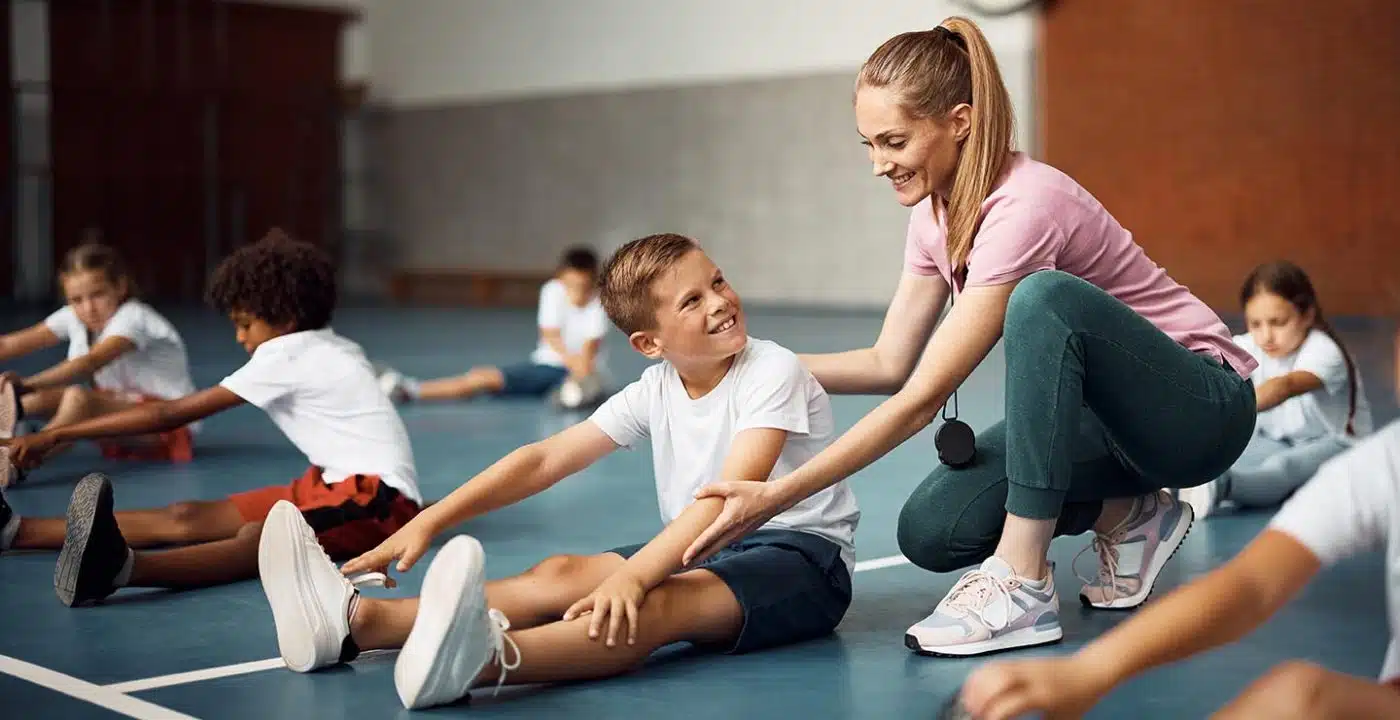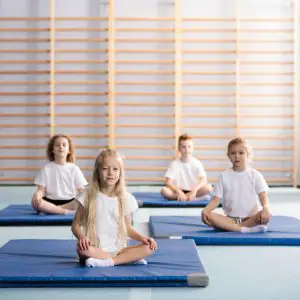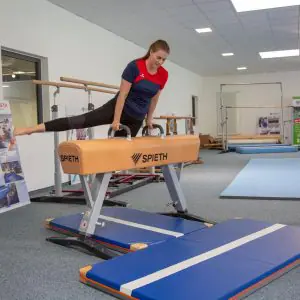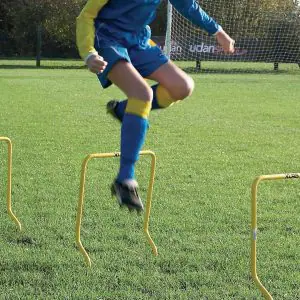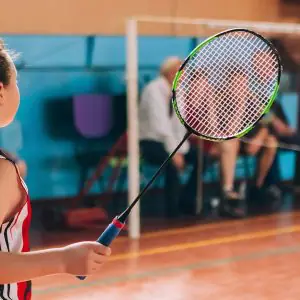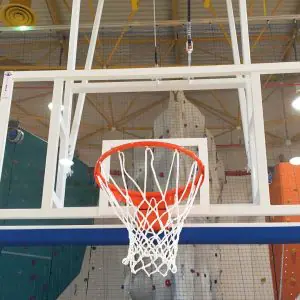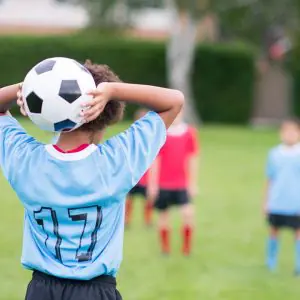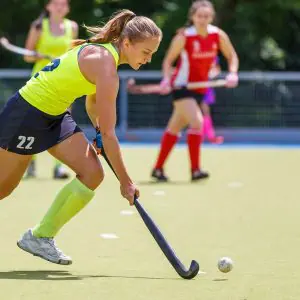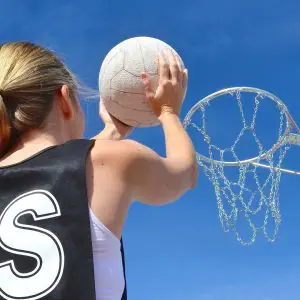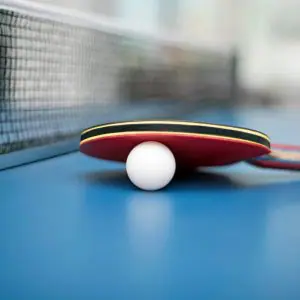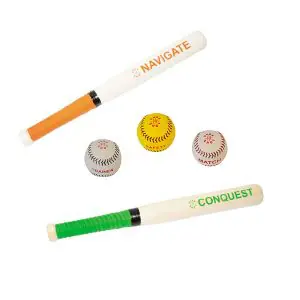Babies and children have an innate ability to learn and much of this learning, in the early stages at least, is inspired and modelled by the older children and adults around them. It is fun to copy and to experiment, especially in a supportive and non-judgemental environment.
However, there will come a pivotal moment when the child will want to push the boundaries and step out of the comfort zone to lead, instead of follow.
This is an essential development in the learning process – with all sorts of consequences for self-confidence and acquisition of new skills.
Nowhere is this truer than in the child’s sporting life. There comes a time when the need for exploration, experimentation and leadership becomes the driving force to move to the next level. Efforts to thwart this dynamic can be monstrously detrimental to that individual’s personal growth.
According to research, 70 percent of children drop out of sports before the age of 13 because they are not having fun, partially due to the forced, time-consuming, unbalanced life imposed by adults.
Of course, for safety’s sake, there are certain skills and behaviours that still need guidance from those with more experience but, otherwise, coaches, schools and parents need to wise up to recognising the moments when the child/pupil/student needs to take the lead. It doesn’t have to be a big deal but it is important.
Learning leadership skills doesn’t mean your child has to be captain of the match. As well as being a team leader, children can also practise leadership by supporting smaller groups of pupils, by being an individual player, or by completing a skills development task.
Different children, pupils and students will show their readiness to lead at different times and in different situations – but PE and sports times offer up multiple opportunities. The problem is that it can be difficult for the coach or parents to recognise these moments – or to be able or willing to relinquish their own leadership and responsibilities.
You may notice your toddler expressing an interest in certain sports. If this is the case, foster their love for the sport. Doing so will help them be more excited to participate in it when they get older. Because teenagers are much more independent, they are likely to dictate more of their own choices regarding sports.
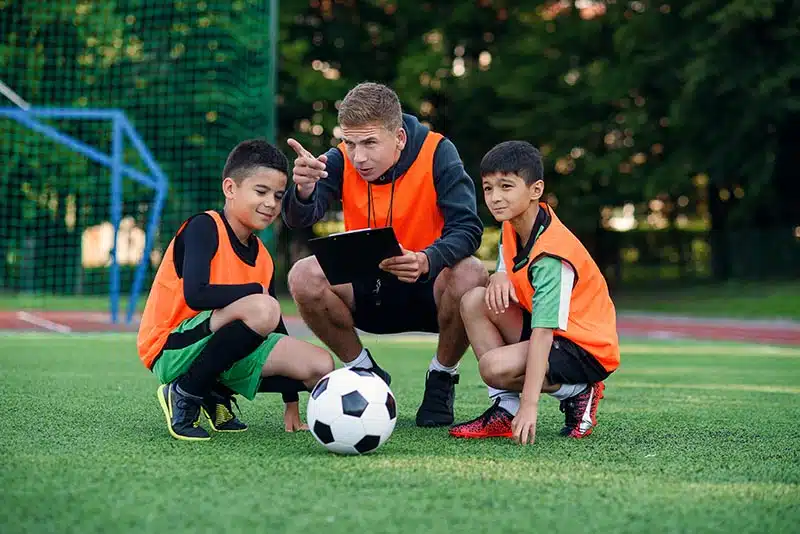
The transfer of leadership
is often best handled in an incremental fashion. The coach or teacher might start by giving the young person small responsibilities related to sport.
Naturally, schools help children to acquire and grow their leadership skills through all their education and extra-circular activities, but sport will always play a valuable part in this development. They might be asked to read match reports in assembly or let other students know they have been selected for a team, being a voice for all pupils.
Choices in sports, play and activity resources and equipment in school can make such a difference too. Providing Early Years and primary pupils with safe, inviting, colourful climbing frames, trim trails, balls, hoops and bikes can contribute a huge amount to developing confidence and leadership skills.
Parents and home life are also vital for giving good beginnings to leadership skills and general self-confidence. Discreet support from parents and carers is best. The ideal situation is for the young person to have the resources to hand, in a safe environment, but to manage the activities themselves, in their own way.
Kids love playing games with each other, and having a group of friends over to play is a wonderful way to nurture love for a sport. Think of a way you can contribute to making your house a good site for an activity your child enjoys. Is there a field nearby for soccer? Do you have a yard that might work for football or baseball? Do you own woods where you could build trails? Is your driveway big enough for a basketball hoop, either in the ground or on the side of your house? When your house is a meeting place for your child and their friends, it makes playing sports that much more special and memorable.
This handing over of autonomy and control of the sporting experience to the child or teenager can be a difficult one for parents and carers but tongues must be held and the itch to direct and take over or do it a ‘better way’ must be subdued.
I see many parents who are the ones leading the charge when it comes to going to training, doing extra work on the side, and finding opportunities for the athlete to challenge himself and get out of his comfort zone.
The first step is getting to know your students. You don’t always need to rely on competitive team sports in your PE instruction. If students like to dance, let them design a step. If you want to develop their collaboration skills in the process, work in team building exercises through partner and group dancing.
Let students take ownership of their learning by allowing them to choose their personal goals (e.g. Four sets of 25 push ups vs. 100 at once) and offer options of how students can demonstrate knowledge of a task or acquisition of a skill.
This autonomy will, in most cases, inspire and engage students as they can take ownership over activities and boost their confidence through decision-making and accountability. Some will even find that they actually learn more through helping and teaching others, instead of being helped and taught themselves! Overall, sport becomes more fun – and people like to continue doing things that are fun.
If an athlete does not love her sport, if she does not enjoy the experience, she will never hang around long enough to be good. This does not mean that every single moment has to pleasurable…many top athletes do not consider conditioning training to be enjoyable. But the experience, taken as a whole, must be fun, it must keep them coming back, and it must be something they look forward to doing.
Your athlete must have ownership over his or her sports experience. The goals pursued must belong to them. As coaches and parents, we can suggest some goals and encourage athletes to aim higher, but ultimately we must release them to their game, and their goals…We can encourage, we can push them and hold them accountable for their ambitions and dreams, but ultimately, if it is you and not your kids in the driver’s seat, the trip will be a short one.
In conclusion, there is a time and a place for everyone to have their turn in sport. Getting the balance between autonomy and direction, for a young person’s benefit, can be tricky but it is so worth the effort of trying.


